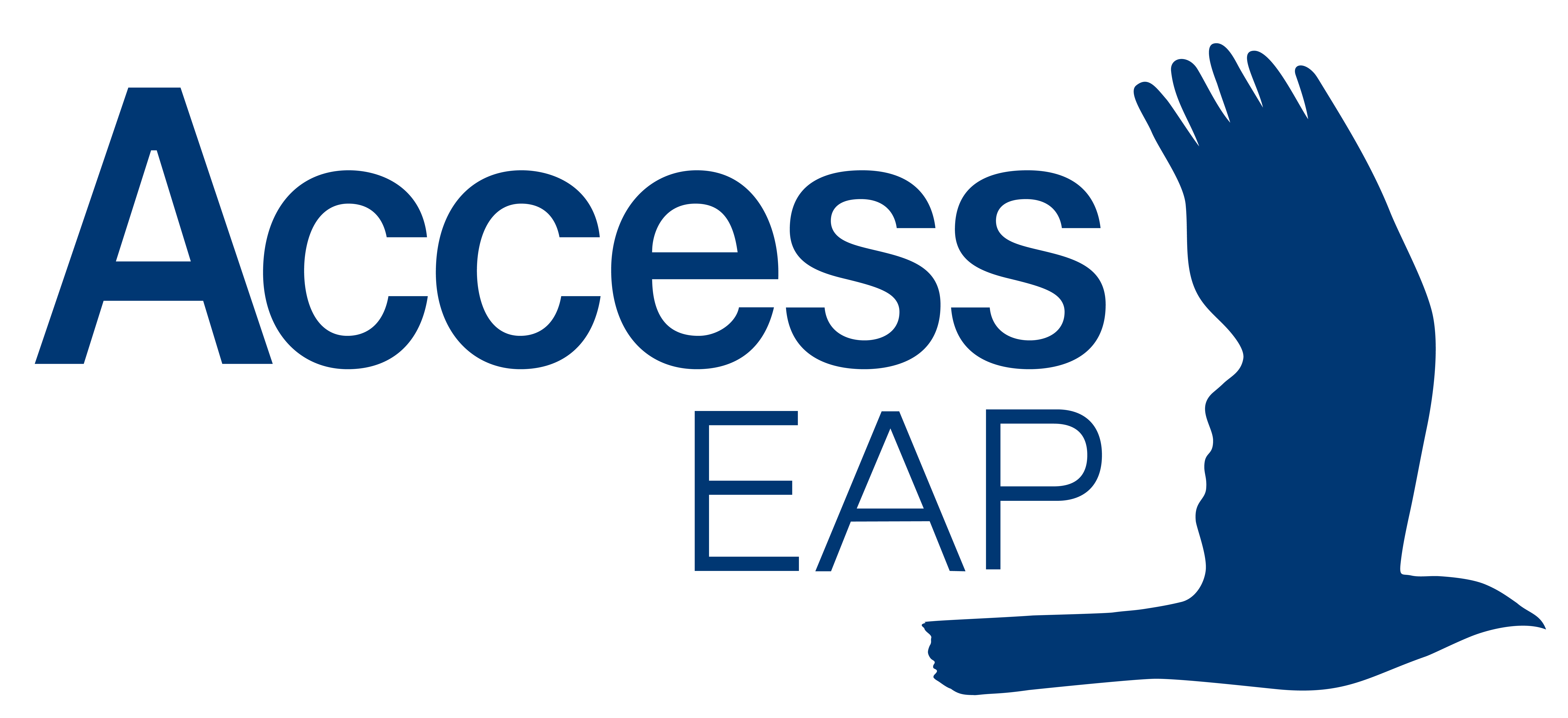Last year leadership styles were put under the microscope as world leaders battled the COVID-19 pandemic worldwide. Leadership styles and the differing focus on priorities were on display, as leaders sought to balance competing needs. There was a leader who captured the world's attention demonstrating empathy, kindness and "love on full display"1. How leaders responded to the threat has shaped the outcomes. Once again, leaders and their people in Victoria have had a difficult week. We've heard how the snap lockdown affected leaders and their people, personally as well as professionally. What can we learn from how they have faced the challenge using their strength and resilience?
For us at AccessEAP and from what we have seen in our data, a leadership style that prioritises people's wellbeing, supports their performance and helps people and organisations thrive has been instrumental in helping people, teams and organisations rise to the challenge of constant change.
We've created new tools which highlight key leadership traits that have helped us throughout the pandemic and beyond as well as address what our people should expect from us as leaders. There is a dual responsibility to recognise and nurture to get the most from these relationships. Find our wide range of Leader Tools and Personal Tools, in the Employer and Employee Login Areas of our website. Reach out to here at AccessEAP on 1800 818 728. As always, our people are here to help support you and your people be their best in life and work.
[1] https://info.accesseap.com.au/e/872921/ics-jacinda-ardern-leadership-/4y6gv/165849879?h=3nKlTTbLC431Z9zOpMcMxV7bCY7TAwxY-SfFmXy777o

